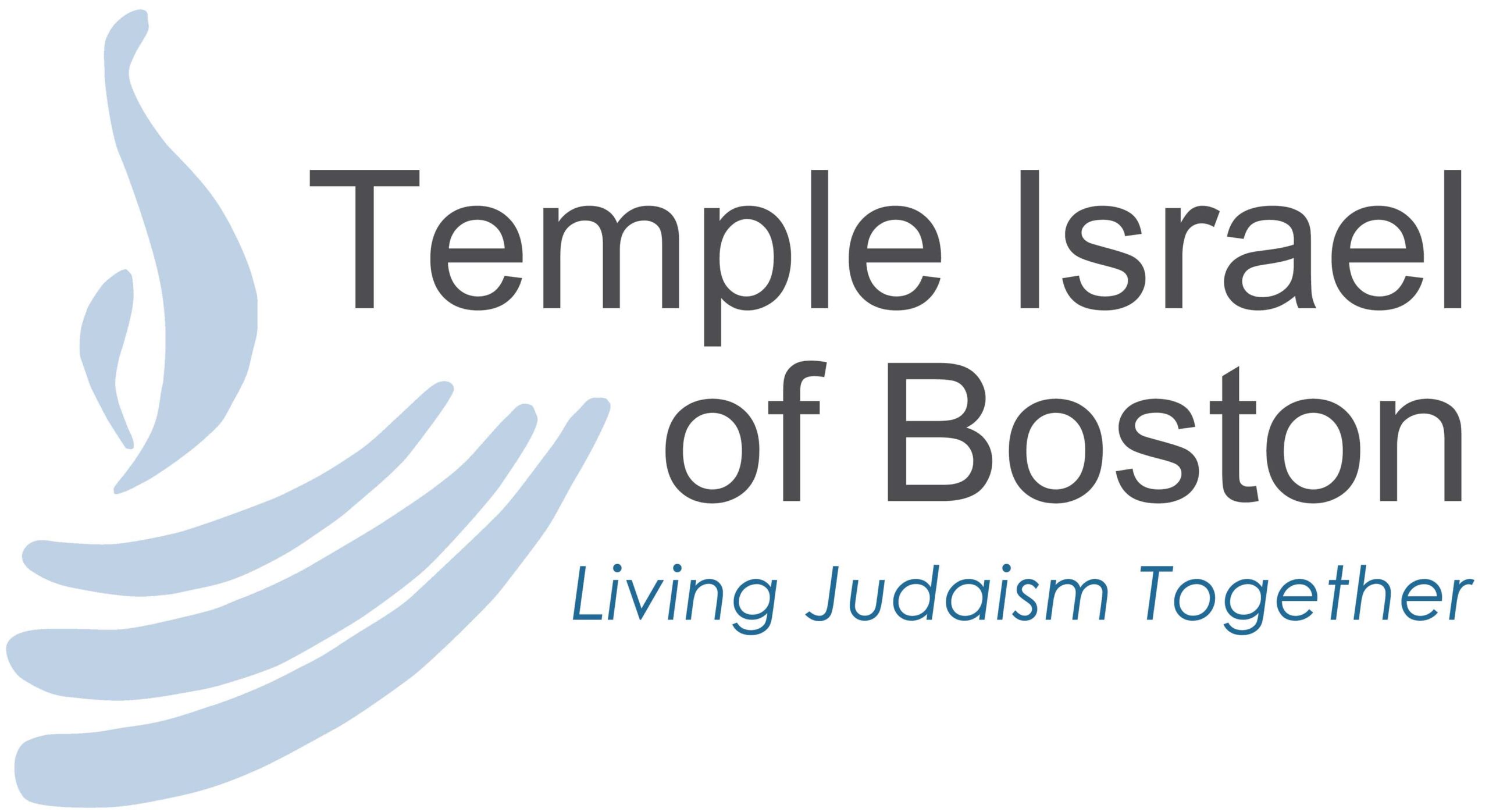“5784 Celebrate the Possibility of Redemption All Year Long!,” Rabbi Zecher’s Shabbat Awakenings
April 26, 2024 | 18 Nisan 5784
Welcome to Shabbat Awakenings, a weekly reflection as we make our way toward Shabbat.
You can listen to it as a podcast here.
It is not just during Passover that we recall the degradation of slavery and the potential arrival of dignity that freedom offers. Every time we gather in prayer, we invoke the Biblical (Exodus 15:11) exclamation of delight:
“Who among the mighty ones compares to You, Adonai? מִי כָמֹכָה בָּאֵלִם יי
Who can compare to You, adorned in holiness, מִי כָּמֹכָה נֶאְדָּר בַּקֹּֽדֶשׁ
awesome in praises, acting wondrously?” נוֹרָא תְהִלֹּת עֹֽשֵׂה פֶֽלֶא.
In doing so, we recreate that moment on the other side of the sea with slavery behind us and redemption lifting us forward. The desert wilderness summons us, yet we must first stand at the foot of the mountain to receive revelation: the Torah. It is all a magnificent and dramatic display of the story of our people.
But wait, there is confusion here. In our prayerbook, that is not the order. Revelation precedes redemption; not the other way around. Why?
The Mishnah in B’rachot 1:4 explains:
In the morning when reciting Shema, one recites two blessings beforehand, the first on the radiant lights [creation] and the second the blessing on the love of Torah [redemption], and one thereafter, which begins with: True and Firm [emet veyatziv].
The Mishnah goes on to add that the blessing after the Shema includes remembering, and therefore mentioning the Exodus from Egypt as part of that third blessing.
This explanation appears utilitarian but not very meaningful.
If we look at history from a linear perspective, wouldn’t it make sense that the three significant events of Jewish history: creation, redemption, and revelation would appear in this sequence rather than the one dictated by the Mishnah? It would, if we only regarded our story in such a straight path of time and also ignored the specificity of the Mishnah instruction.
Like all the symbols of the Passover seder, our tradition invites our curiosity and draws us in to pay attention and be aware of the potential for a different message than merely recalling historical order. Abraham Joshua Heschel regarded these three events not as something that happened “once upon a time, but actually happens all the time.”
With regard to redemption, we may have crossed the sea and tasted freedom in ancient times, but what about today? Have we achieved freedom yet? Have we been active in pursuing redemption not just for ourselves? Perhaps the placement of the prayer, which recalls the Exodus and the arrival to the other side of the sea, is our challenge for today. We have not yet attained that messianic moment so we are still actively engaged in the work necessary. Each time we sing those words, we are pushed toward a reawakening of the possibility and the hope for redemption.
Our tradition is not linear and neither is our story. We turn and return, delving deeper, exploring further the meaning and the implications of our past experiences to inform how we consider the future. Passover may be coming to an end this Sunday night and Monday but it travels with us through the year each time we gather to pray so that we continue to work for a just and compassionate world — hopefully — redeemed into eternity.
Shabbat Shalom — שבת שלום
and Hag Sameach — חג שמח
I continue to value the many comments you exchange with me through these Shabbat Awakenings. Share with me what you think here. Your email goes directly to me!

Rabbi Elaine Zecher
